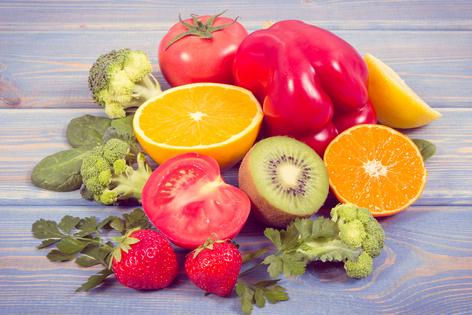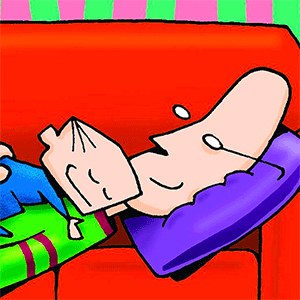Environmental Nutrition: The best diet for weight loss
Losing weight and getting healthier is a common goal among Americans; we spend $60 billion dollars a year on weight loss books, gym memberships, apps, programs and special diet foods. Yet, collectively we are getting heavier, which leads to an increased risk of chronic diseases such as heart disease, type 2 diabetes, and cancer. The answer to weight loss is multifaceted, but a good starting point is understanding calories.
The basics on calories
Calories are the source of energy used by the human body and are found in foods in the form of carbohydrates, proteins, and fats. We need energy to perform basic bodily functions and even more if we exercise. Excess calories are stored as body fat, essentially reserved energy. In some ways, the science of losing weight is simple: expend more calories than are consumed and your body will use body fat for energy. You can do this by eating less or by exercising more. The catch is that we don't live our lives in a lab. Food tastes good, we are creatures of habit, and we like to indulge at social gatherings. Life gets in the way. So, what do you do? Here are a few, evidence-based approaches for weight loss.
Forget dieting; make a lifestyle change
Diets are often measured by short-term results and don't hold up over the long-term. You're better off changing your lifestyle with sustainable strategies that will lead to long-term health. "Eating according to internal cues, including hunger, fullness, and satisfaction, rather than external cues such as dieting, food rules, and cultural pressures, helps us build trust in our eating habits and is most likely to lead to a stable weight," says Taylor Wolfram, M.S., R.D., a Chicago-based dietitian.
Make a goal
It should be S.M.A.R.T.: Specific, Measurable, Achievable, Realistic, and Timely. If you make a specific, measurable goal, you can look back on your week and know if you accomplished it or not. Then adjust your goal if it's unrealistic or if you are ready for another goal. Here's a simple one: Eat three servings of legumes per week.
Choose high-fiber foods
Vegetables, beans, and whole grains are high in fiber and volume and low in calories. Fiber increases satiety, making you feel full while eating less. The extra volume in these foods mean you can eat more of them, while consuming fewer calories. Start by adding a bean soup or salad to your dinner to help you feel more satisfied with the meals you typically enjoy.
...continued







